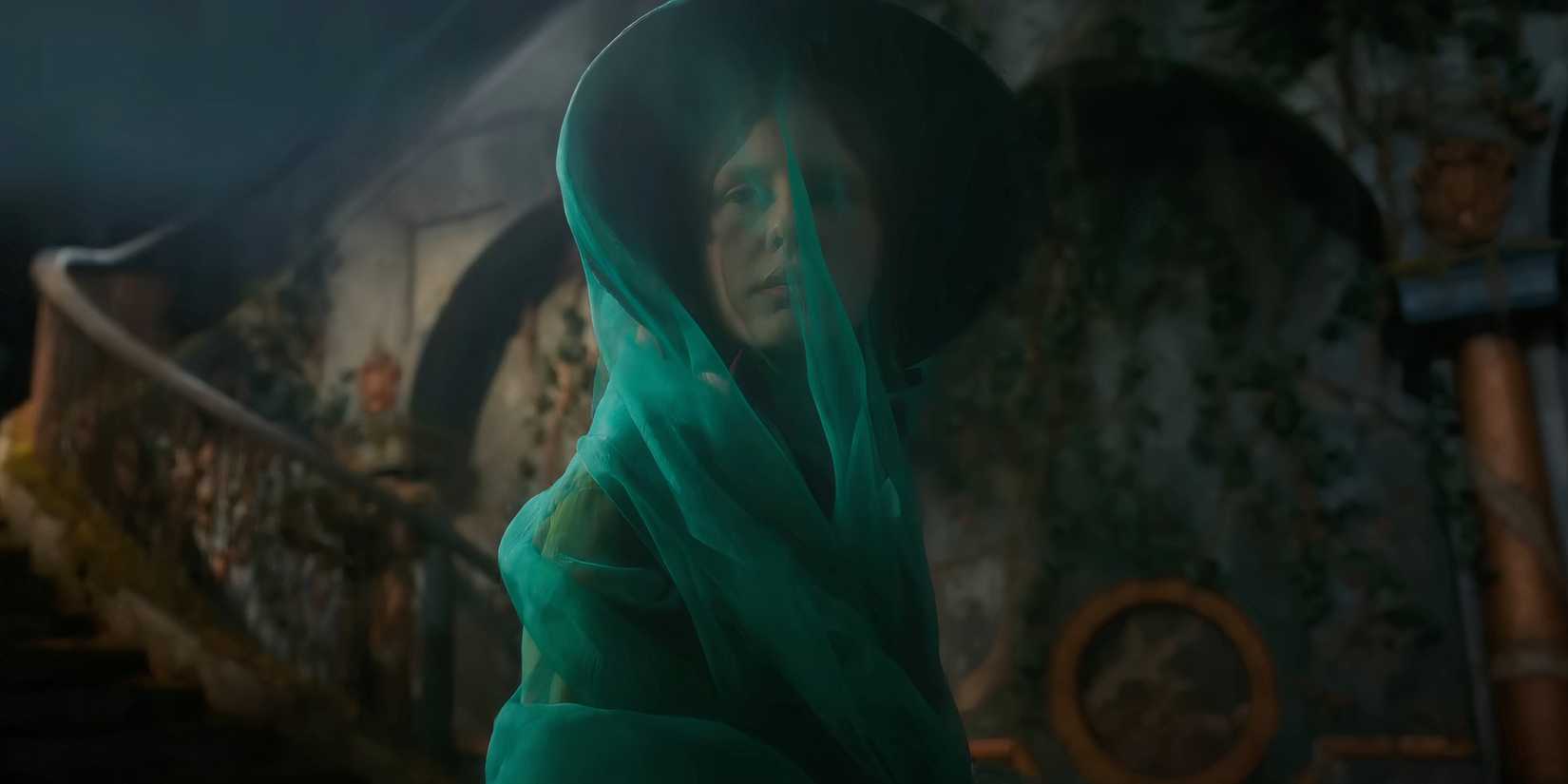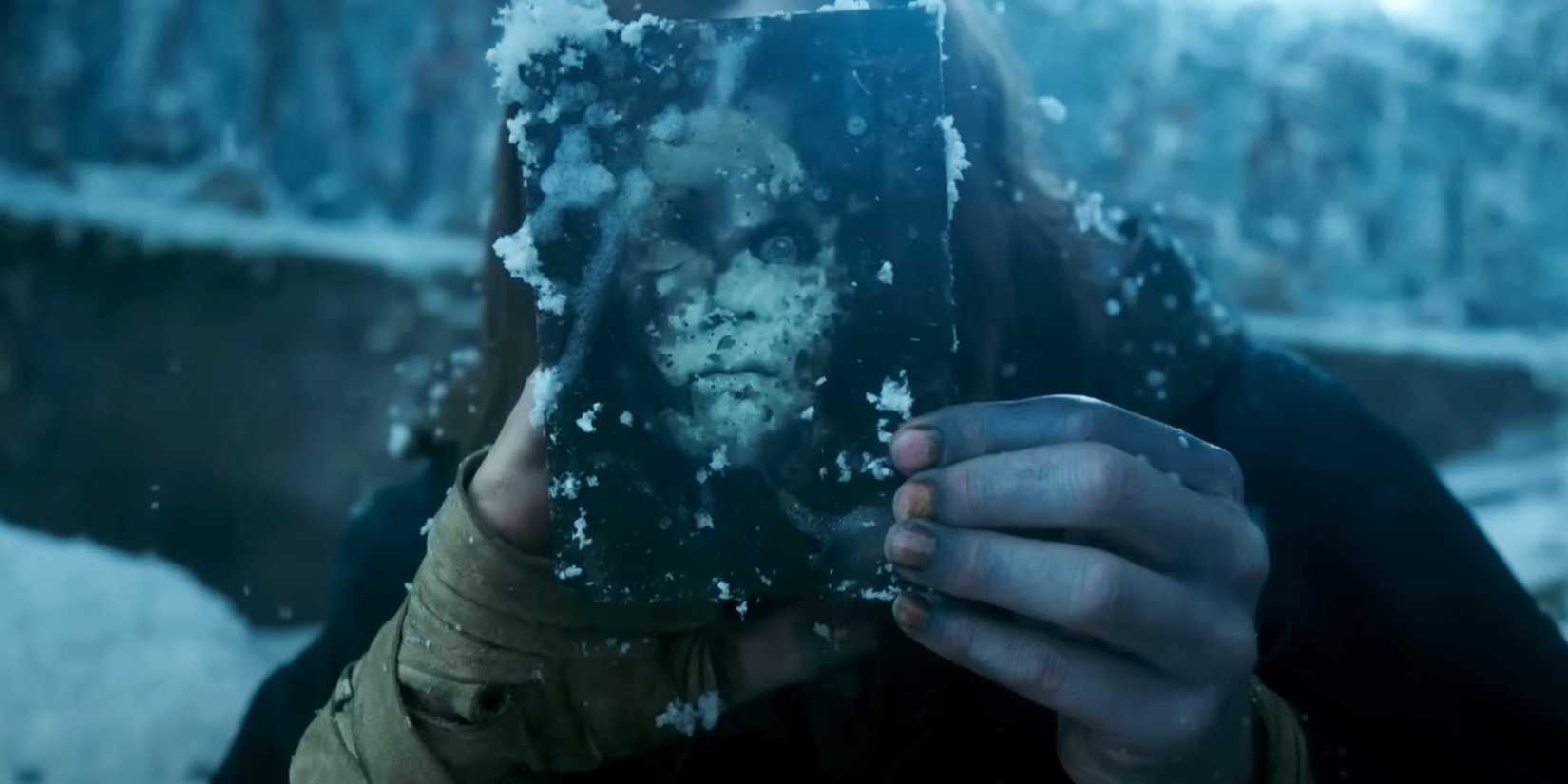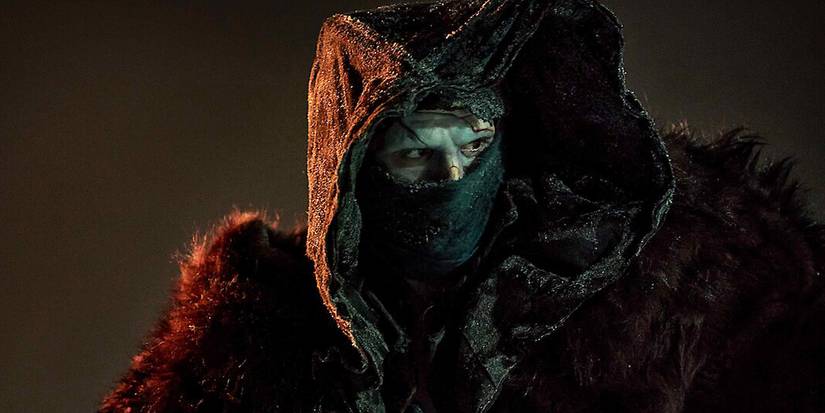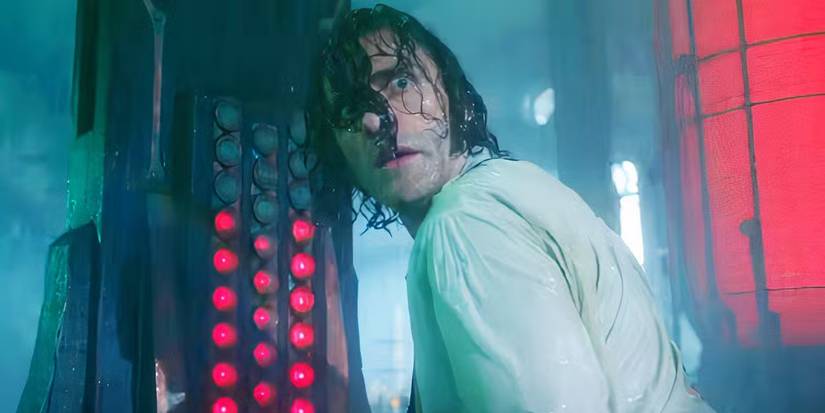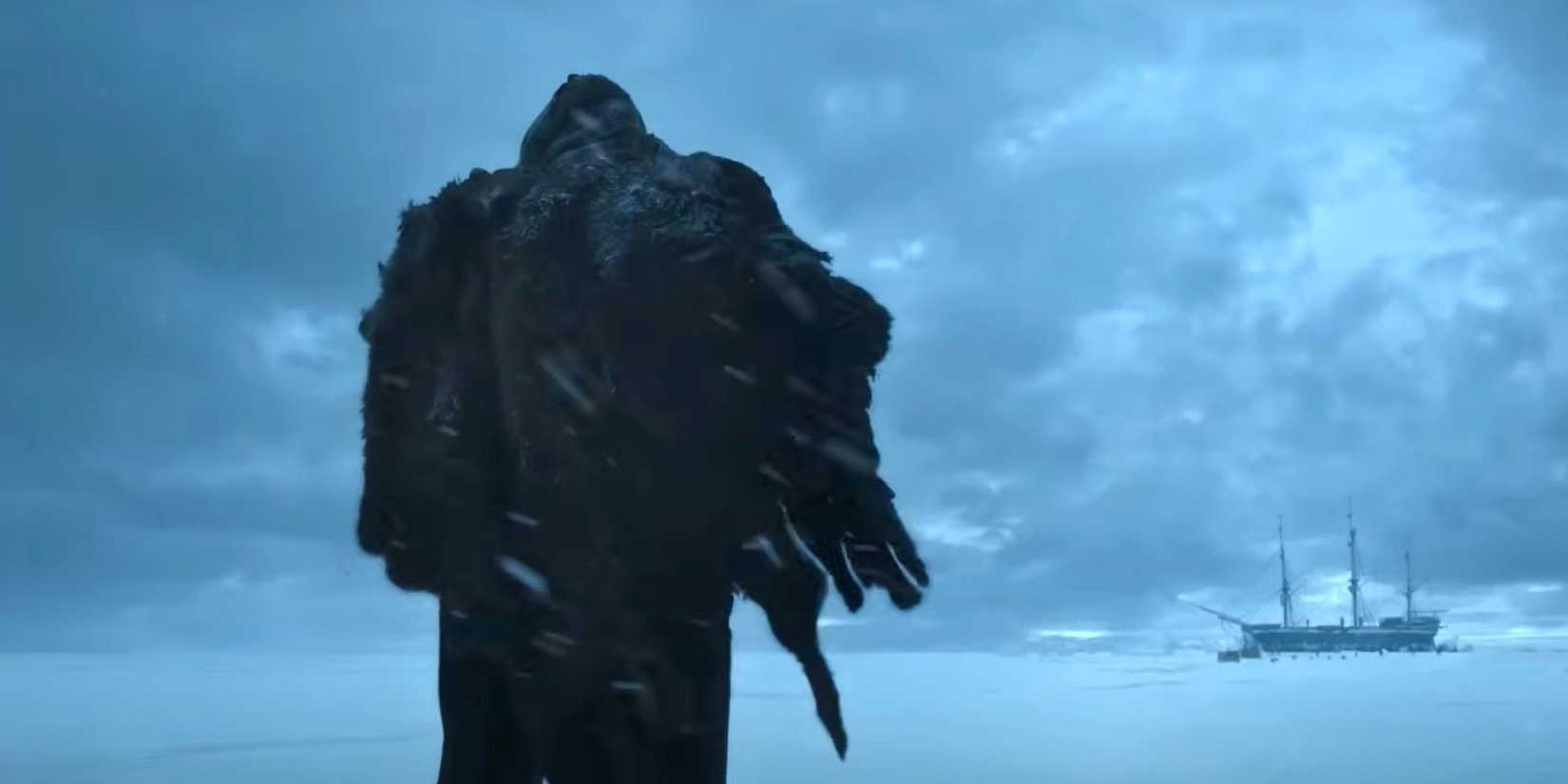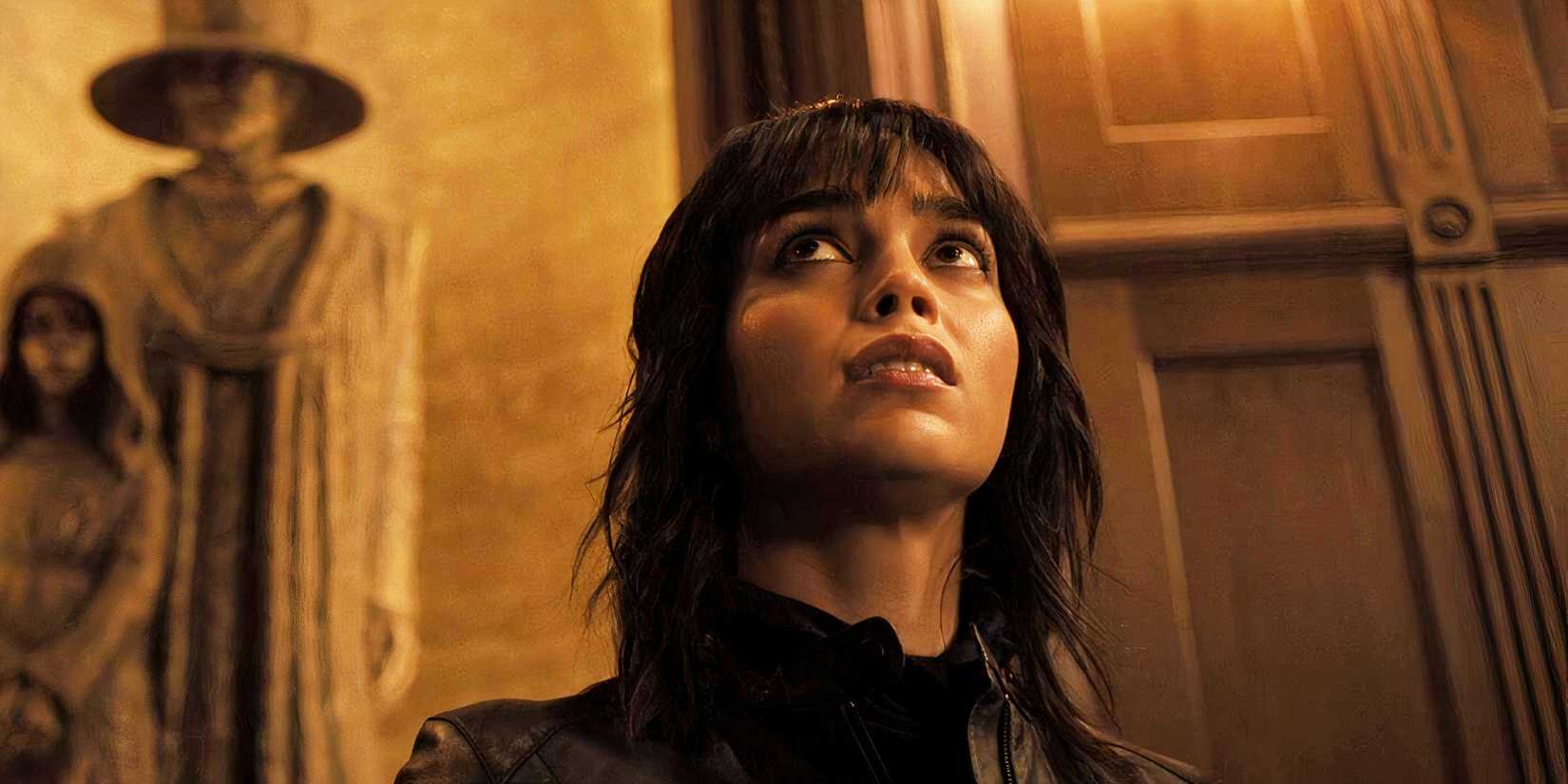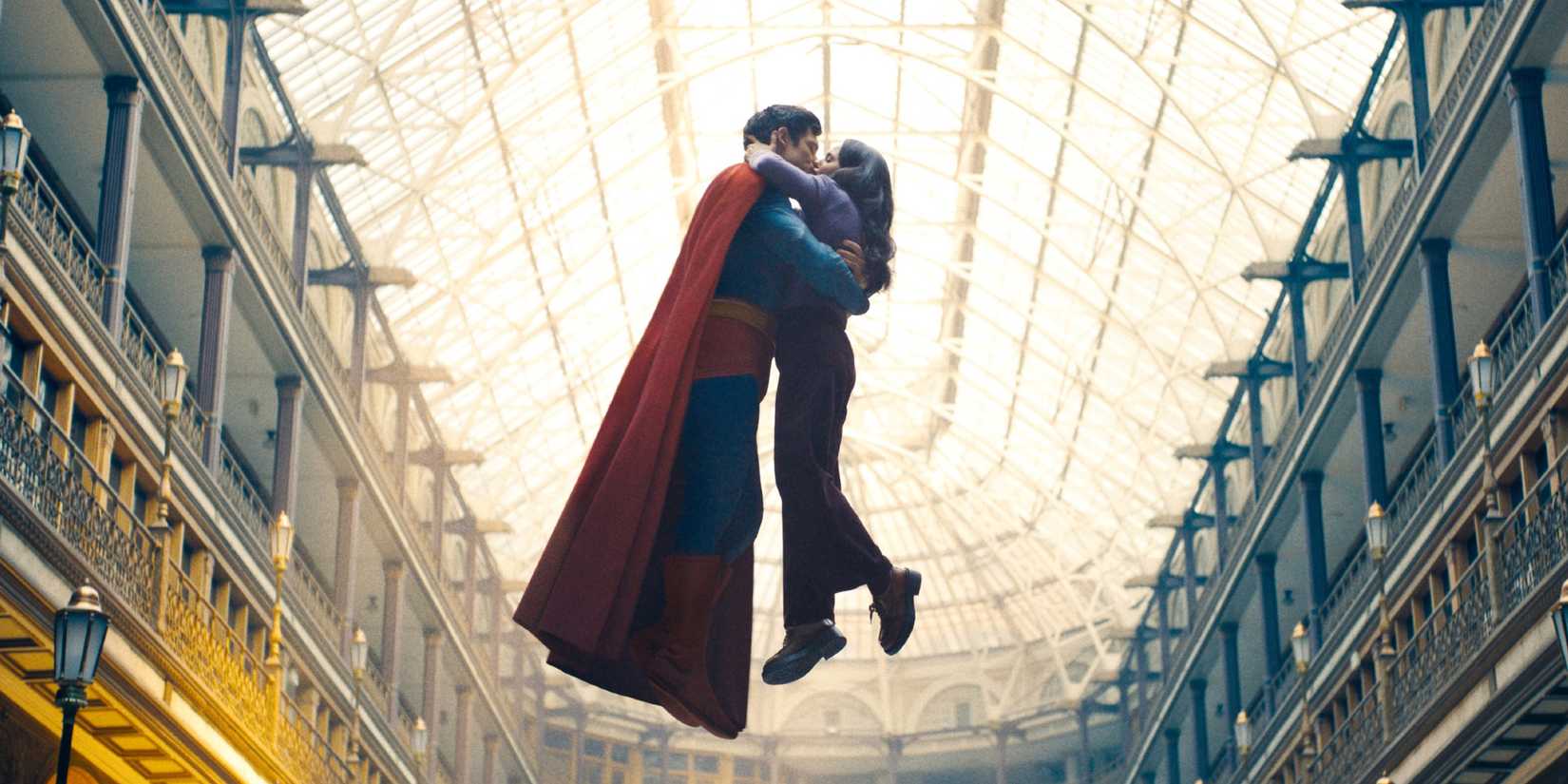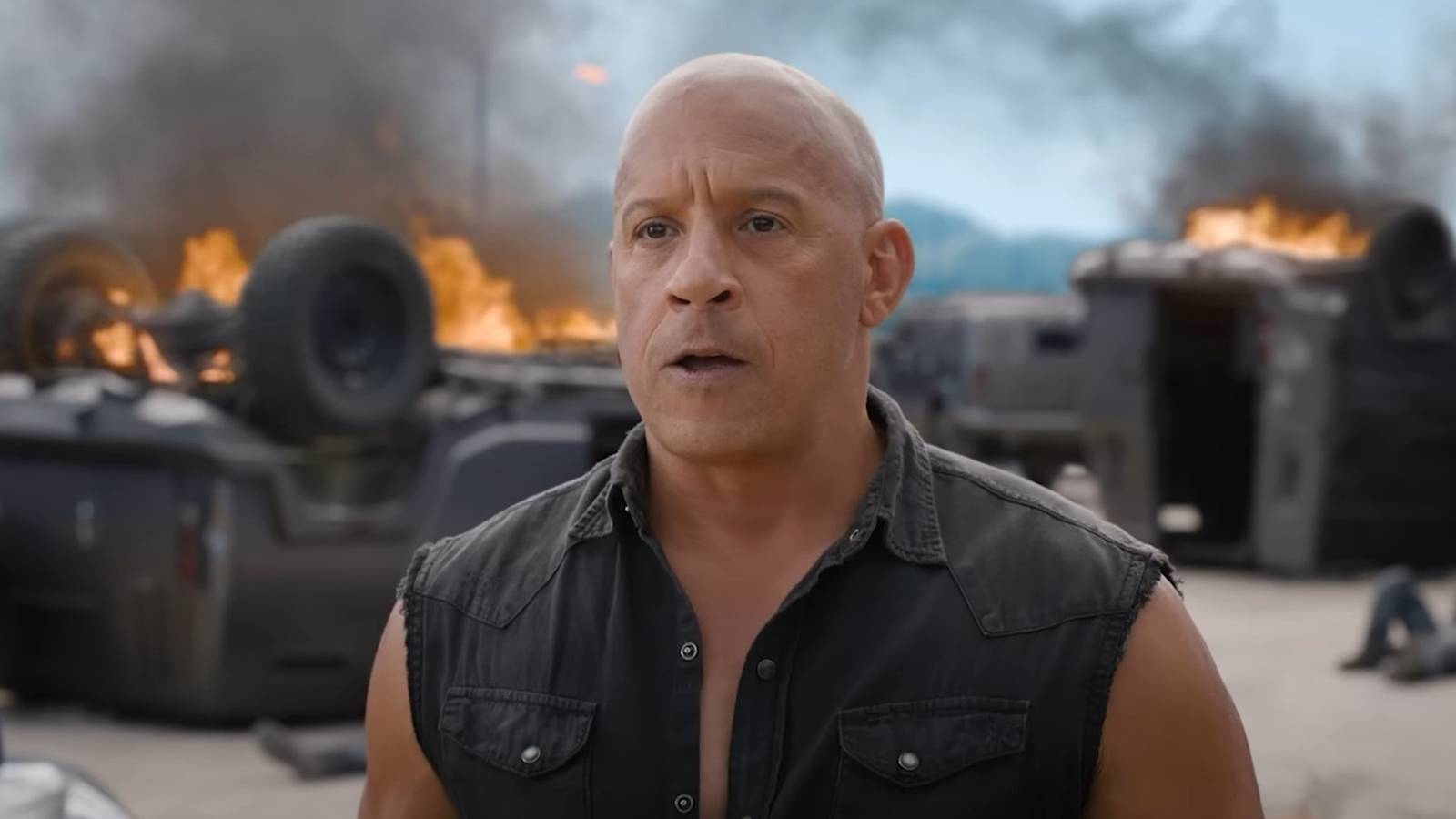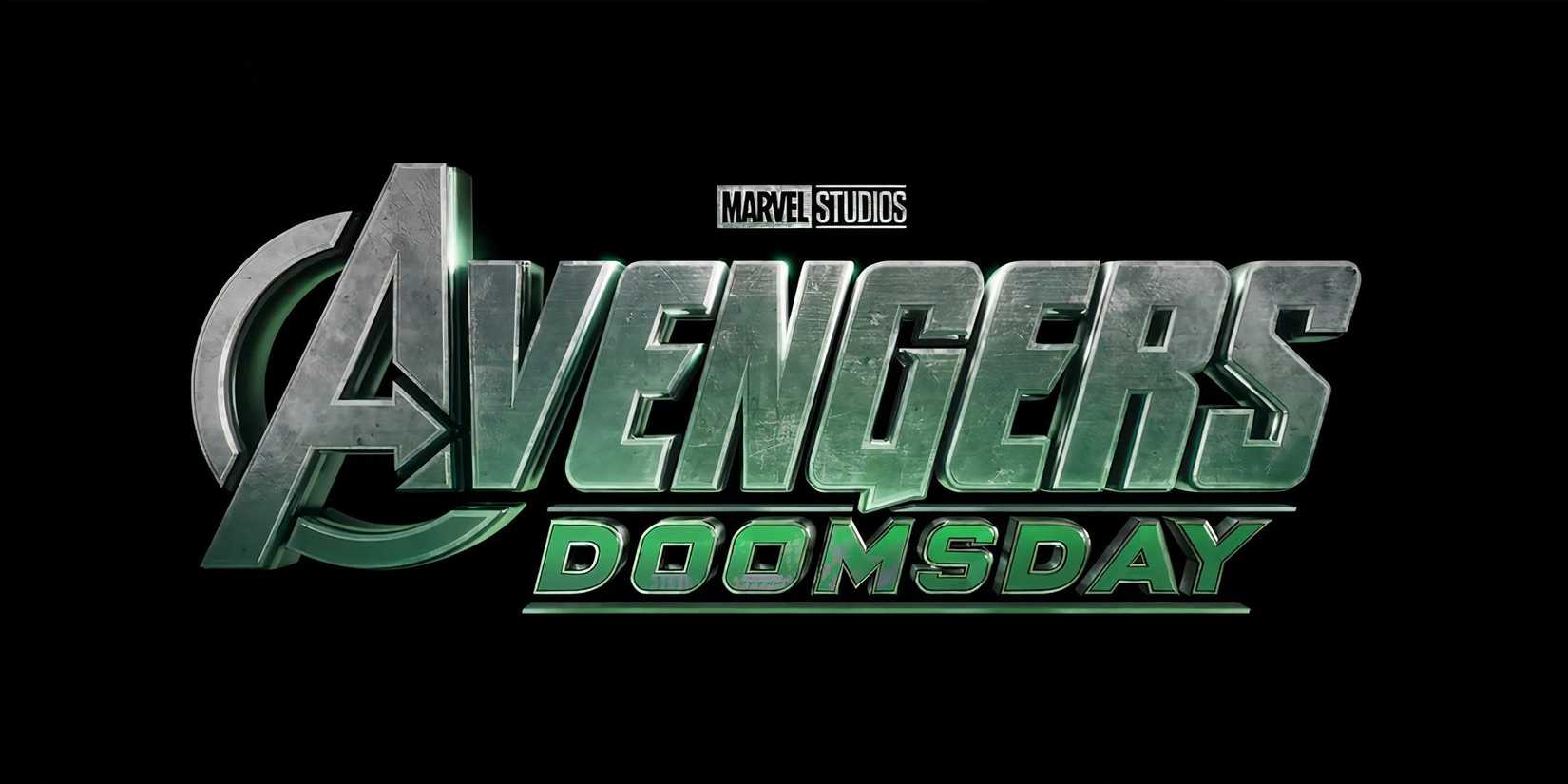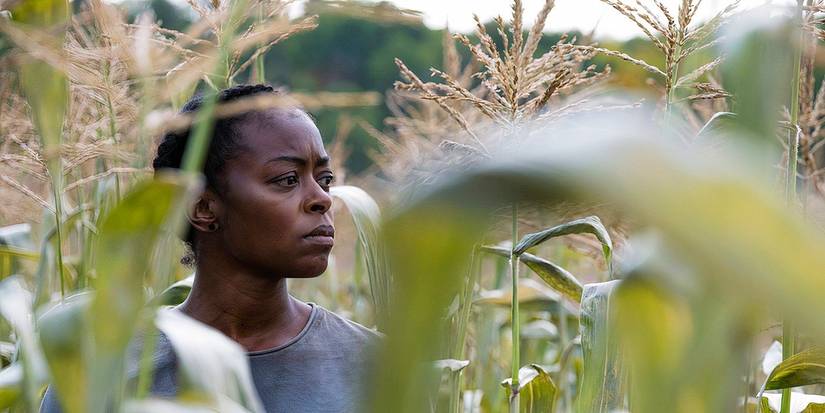The following contains spoilers for 2025’s FrankensteinGuillermo del Toro’s Frankenstein is a largely faithful adaptation of Mary Shelley’s original novel, but it does take some very big liberties with specific characters and tonal elements of the original story. Shelley’s Frankenstein remains one of the bedrocks of sci-fi fiction over two centuries after it was first published, with countless adaptations made over the years.
Guillermo del Toro’s version tackles many of the same themes about man’s hubris and the true nature of humanity. However, it also introduces a lot of new shades to the characters and plays with their roles in the narrative. Here are the biggest differences between del Toro’s Frankenstein and the novel of the same name that inspired it.
Elizabeth’s Love For The Creature Is Unique To Del Toro’s Film
Frankenstein introduces a tragic love story between Elizabeth and the Creature, which is one of the biggest divergences from the source material. In the original Frankenstein novel, Elizabeth is a lifelong friend of Victor who eventually becomes engaged to him. Her death at the hands of the Creature is what spurs Victor to hunt it down.
By contrast, the Elizabeth of del Toro’s Frankenstein is far more taken with the creature. Sensing a kindred spirit, she quickly befriends the Creature. She even seems to love the Creature, explaining why she steps in front a bullet meant for him. This is the cause of her death in the film as opposed to her strangulation in the novel.
Elizabeth Loved Victor In The Novel And Hates Him In Del Toro’s Movie
A major difference between the modern film and the original novel is the nature of Elizabeth and Victor’s relationship. While the two were close friends in the book, they only meet once Elizabeth becomes engaged to Victor’s brother William in the film. Although Victor falls for her, Elizabeth is far less interested in him.
After she encounters the Creature and witnesses Victor’s treatment of him, her frustrations with her soon-to-be brother-in-law become more overtly hateful. It’s even implied that her love for the Creature over Victor is what pushes Victor to act so rashly in trying to destroy his creation, leading to the destruction of his lab and the accidental death of Elizabeth.
Leopold Frankenstein Is A Far Crueler Father Than Alphonse Frankenstein
In the original Frankenstein novel, Victor is said to have come from a happy home life. While there are contradictions in his story that suggest Victor is glossing over his relationship with his father Alphonse, it’s a far cry from the strict and casually abusive treatment del Toro’s version of Victor experiences at the hands of Leopold.
Played by Charles Dance, Leopold is a harsh and strict teacher, with the Baron hopeful that his son will carry on his family name to new heights. The film uses this mistreatment as the bedrock of Victor’s flaws, with his eventual cruel treatment of the Creature paralleling the abuse his father used against him when he was a boy.
Del Toro’s William Frankenstein Has A Different Role And Fate In The Book
William is Victor’s brother in both versions of the story, although they also have a middle sibling in the novel named Ernest who is absent from del Toro’s film. Both versions of William are also ultimately killed by the Creature. However, the exact circumstances of the act and the motivation behind it are different.
In del Toro’s film, William attacks the Creature when he believes he killed Elizabeth. The Creatures throw him away, accidentally cracking William’s skull against a fireplace. This gives William time to curse his brother before he fades. In the novel, William is the first victim of the Creature, strangled as a means of hurting Victor.
Del Toro’s Frankenstein Is Missing Justine
One of the most tragic characters in Mary Shelley’s Frankenstein is Justine, a minor character who serves an important role in the shattering of Victor’s spirit. After William’s death, the Creature frames the young man’s maid Justice for the act. Although Victor knows the truth, he doesn’t divulge it for his own sake, leading to Justine’s execution.
This death (along with William’s demise) haunts Victor, and sets the increasingly tragic tone of the novel’s second half. Most adaptations of Frankenstein cut Justice, and del Toro’s version of the story is no different. This makes sense given William’s enhanced role in the film and eventual fate, and it also keeps the Creature more sympathetic.
The Frankenstein Novel Doesn’t Feature Heinrich Harlander
One of the most important supporting characters in Victor’s half of Frankenstein is Heinrich Harlander. The uncle of Elizabeth, Heinrich is a wealthy arms manufacturer who takes an interest in Victor’s work. He becomes his primary benefactor, secretly, because he’s hoping Victor’s experiments can prolong his own life.
This eventually leads to a confrontation between the two that ends with Heinrich’s accidental death, which Victor later blames on the Creature to help convince William of his dangerous nature. Heinrich is absent from the novel, as Victor conducts his experiments alone.
The Creature Of The Original Novel Has A Much Bigger Body Count
One of the more notable elements of del Toro’s Frankenstein is the sympathetic portrayal of the Creature. While the Creature does kill people, it’s always in self-defense. His most vindictive actions come with his brutal methods against Victor, which are understandable by their point in the film.
This is a huge divergence from the source material, where the Creature becomes far more dangerous and ᴅᴇᴀᴅly from an early point. The Creature doesn’t kill in self-defense, but attacks and strangles multiple people to get back at Victor. This leaves the Creature far more horrifying and unsettling in the novel than he appears in the film.
The OId Man’s Fate Is Far More Tragic In Del Toro’s Frankenstein
Most iterations of Frankenstein include the Creature’s interactions with a blind old man. He’s the one to teach the Creature to speak and read. In almost all versions, the Creature is driven away from the old man, who had accepted him as a friend. The old man survives in the original novel, a fate his del Toro counterpart doesn’t share.
In del Toro’s version of Frankenstein, the old man is attacked by a pack of wolves while the Creature is exploring the ruins of Victor’s laboratory. Although the Creature fights off the animals, the old man is fatally wounded, comforting the Creature as he dies. It’s a much more somber moment that underscores the humanity of the Creature.
Victor And The Creature Don’t Reconcile In The Novel
One of the most important scenes in del Toro’s Frankenstein comes at the end of the film. After sharing his story with his creator, the Creature finds it in his heart to forgive Victor for his past transgressions. Victor makes peace with the Creature and calls him “son” before pᴀssing away, giving their ending a bittersweet edge.
The novel doesn’t feature such a scene. In the original Frankenstein, Victor dies from his wounds before the Creature can reach the boat. Instead, it mourns for its creator and takes his body with him into the frozen tundra, lamenting the lack of closure between them. It’s a stark difference that underscores both Victor and the Creature’s arcs.
Del Toro’s Frankenstein Ends On A More Hopeful Beat Than The Novel
Both versions of Frankenstein end on very similar beats, with the Creature remaining in the Arctic alone. However, del Toro’s film differs from Shelley’s novel in its tone. In the book, the Creature is bereft with grief and elects to remain behind to build himself and Victor a funeral pyre. The implication is that the Creature intends to kill himself.
Victor’s final pleas to the Creature to embrace life in del Toro’s version give the film a much more ambiguous and bittersweet element that is missing from the book. It plays into how del Toro’s version of Frankenstein is more focused on the hope of humanity than the grim cost of ambition in Shelley’s novel.
